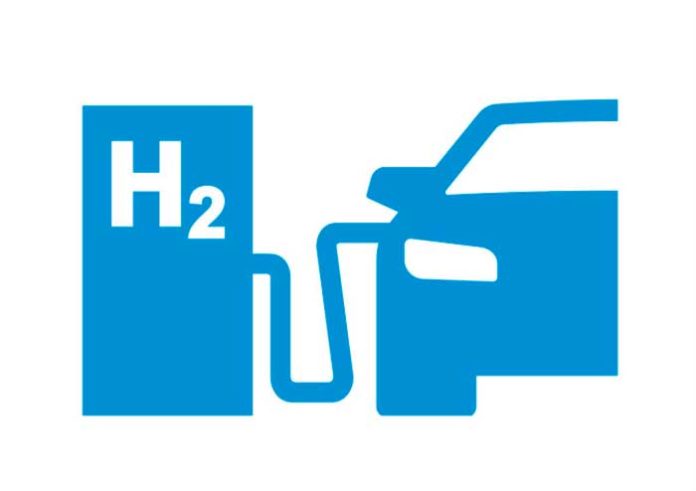The natural chemical reaction of splitting water into hydrogen and oxygen using solar energy has been adapted by scientists to produce hydrogen fuel. Researchers from the Argonne National Laboratory (Chicago) of the US Department of Energy combined two membrane-bound protein complexes.
A single protein complex (photosystem I) uses light energy to supply electrons to an inorganic catalyst that produces hydrogen. Using the second protein complex (photosystem II), which relies on the energy of light to split water and extract electrons from it, the scientists obtained electrons from the water and added them to photosystem I.
Both protein complexes are integrated with thylakoid membranes that are contained in their natural state within chloroplasts and create oxygen in plants. The inventors say that these membranes are borrowed directly from nature. The process of assembling the system is quite simple and inexpensive, since platinum catalysts have been replaced by cheaper cobalt ones.
During the next stage, the specialists are planning to integrate the created system into the plant and see how natural components can be used to obtain hydrogen fuel.







